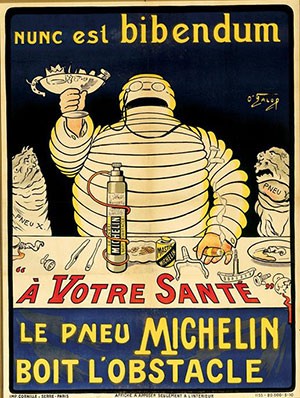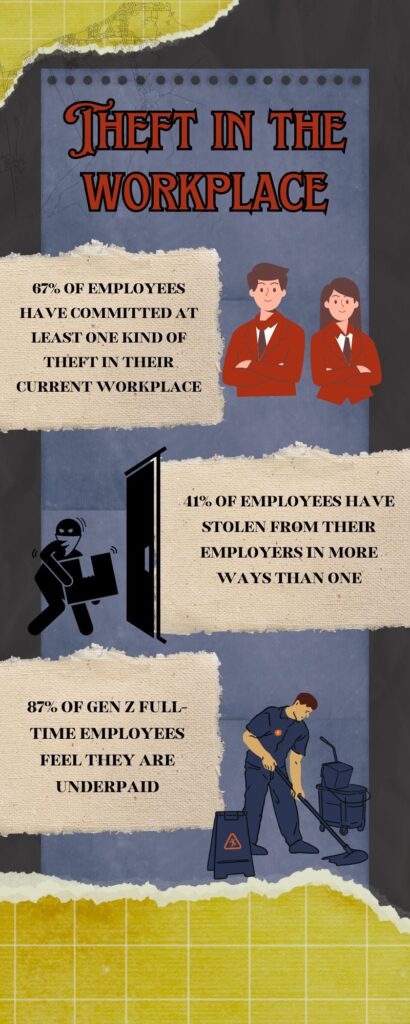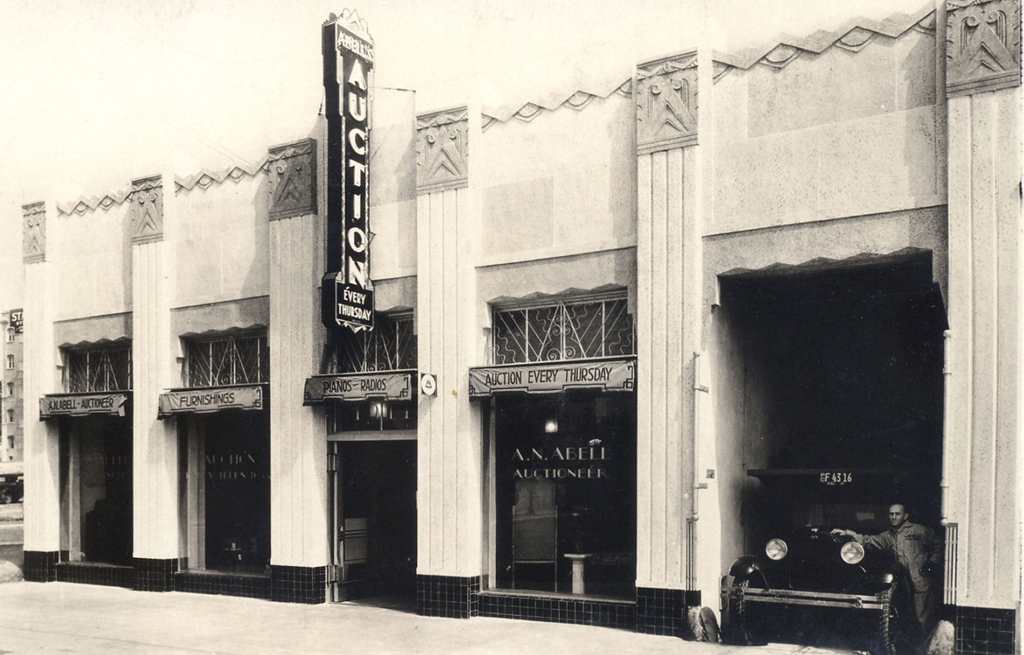(Loosely translated to “Now Let’s Steal!”)
Monday morning, 9 AM. You’re sitting at your cubicle of your mundane corporate job. You’re underpaid and were just denied a raise — the last straw. You’re about to commit your first crime.
You’ve been eyeing the poster in your boss’s office and started doing research. Nunc est Bibendum is branded right across the top, the title you presume. It turns out to be a lithograph from 1913 France, created by Marius “O’Galop” Rossillon.

After doing hours of research, you find out that this particular lithograph has a bit more of a history than the others within the building. The title is translated from Latin to “Now let’s drink!” It depicts a Michelin Tire man who is “drinking” all of the obstacles that tires encounter. This imagery was to show that Michelin Tires would “drink” obstacles and still persevere. The French audiences would identify the word “Bibendum,” the title of the piece, with the jolly tire man centered, thus, his name was born. This is the very first depiction of Bibendum in Michelin advertising and it came purely out of rejection. André Michelin, one of the founders of Michelin Tires, met with O’Galop to help with ad posters, and O’Galop offered a rejected image he had done for a Munich brewery. This was a very early version of the lithograph that Michelin would later approve for the campaign of his tires. From this, Bibendum continues to stay as a staple for the Michelin ad campaigns today1.

2You wonder if stealing this poster is worth all of the time and effort. You then find that the turnover for this piece was around $68 thousand, which makes it a high value work. That is definitely worth the time and effort. However, some auction websites show that the estimated price can range from seven thousand dollars to twenty-five thousand dollars3. While sitting between your beige, felt covered cubicle walls, you figure either way, the price is worth the risk. Lithographs are a kind of art niche that is not frequently studied, so it is low risk, which only increases your inclination. Similar to how William Geoffrey Toye operated when he was forging folk art by Clementine Hunter, you have chosen a less popular piece that is not as suspect4. The main motive for committing this crime is to make money in order to afford the cost of living in your area, a frequent reason for the majority of white-collar crimes5.
You have planned out that you are going to take the lithograph from inside the building. You know exactly where it is and have full and complete access to it because…you already work there. After you obtain it, you will trade it out for a much cheaper, printed replica. You are required to have your own badge to enter in the building. There are security officers at the entrance of the building who are able to see who walks in and scans into the office. Though this is often seen as preventative6, being an insider, you are able to avoid the proactive tactics that are in place. You already have a good relationship with the men who work there, so they would not be suspicious of you for committing a crime against the company. This built-up relationship will be similar to the work of Peter Higgs and Larisa Zavadskaya, two insider thieves who sold the pieces that they were working with. You, of course, will not be like them in the sense that you get caught…hopefully7. The poster is on the second floor, conveniently where you work, in the office of an employee with whom you are in frequent communication with, your boss. On a day that you know they are not in the building, you will walk into their office and begin your theft.
To begin your masterful thievery, you need to print out your copy of Nunc est Bibendum. Because this piece was made around the turn of the century, the paper is similar to newsprint8. You must ensure that you get paper that is reminiscent of this texture to aid in avoiding any suspicion. At least from a visual perspective, the two pieces would be difficult to tell apart if one were not trained in art history, specifically in the niche of lithographs. There is a roll of newsprint grade paper of the correct width that you buy from Amazon. This may lead to a paper trail back to you, though, which is worrying9. You decide the best way is to use the company’s Amazon account, which does not have a specific name tied to it, and a gift card, so it is not traced exactly to you. You pick it up from an Amazon pick-up store near the building, which allows for a lack of address leading to back to you10. Rather than printing at the office, you use the large printer in your apartment building, usually used for work related things like surveys or construction blueprints. After it is printed, you roll up the copy in a blueprint that you took home from work. Since you work from home every so often, bringing one of these to and from your car is not suspicious to security or other employees. The blueprints are much larger than the fake poster, so it is not obvious that it is sticking out. So far, everything is going as planned.
Color lithographs are known not to be permanently adhered to the backing, as it could potentially damage them11. The frame it is in is not difficult to figure out either; most of the pieces are placed in inexpensive frames with a simple turn button fastener. These two factors will make it effortless and quick to remove the poster from the frame. You notice that the employee in charge of the art in the office, rarely removes the lithographs from the frames unless they are falling. This could potentially be a challenge; you must make sure that while you are replacing the poster with the fake, you have to secure it on the board in some way so that it does not slip. If it begins to fall and someone has to go in and readjust it, there is a higher chance that they would notice it is not the real one. While thinking about this, you notice one of your coworkers has double-sided tape on their desk. Cheap and effective. You realize this may also help in reducing suspicion by not having any purchasing trail leading back to you12.

Late Friday night, you go into your boss’s office and begin the heist. You do everything as planned, listening carefully for the footsteps of other employees. This is the Friday before a three-day weekend, so the office is practically empty, but you can never be too careful. You lift the 60 1/2 X 41-inch poster off the wall and place it on the floor. You notice the ghost print on the wall from the years of residue built up around the poster. Quietly, you unlatch and free it. Everything seems so much louder when the subtle hum of monotonous conversations isn’t overloading your head. You take the fake lithograph out of the blueprints and carefully tape it to the back of the frame. The moment of truth. Suddenly, you hear distant footsteps. Panic rushes over you. Quickly, you latch up the poster and put it back on the wall, re-covering the unfaded paint. The footsteps get louder…closer…then, a crash! You see a storm cloud of papers falling over cubicles. A silent swear escapes the breath of a coworker you vaguely recognize. You gather your poster, roll it in the blueprints that once carried the faux.
You aid your coworker in gathering their scattered papers, speak your pleasantries, then head for the exit. There are no cameras on the second floor, but there are a couple in the stairways and elevators that are constantly being watched by security. You hope that the poster rolled in the blueprint helps to keep security from being suspicious. You make it to the front door, right by the security office. “Wait!” shouts one of the security guys. Fear floods over you. This is it. This is where you get caught. You just have to admit it and accept the consequences.
“Have a great long weekend!” he says, handing you chocolates. A wave of relief.
“You too!” you reply, and book it out of there.

During this long weekend, you take a trip to an auction house to sell your newly acquired poster. To avoid any connection to your state, you drive to California in an attempt to sell at the Abell Auction. Abell Auction frequently works with trustees and family fiduciaries13, so bringing a made-up story of Bibendum belonging to a newly deceased uncle could bode over well. Many of lithographs have no provenance which allows for you to be less worried about having that documentation when trying to sell. Since provenance is one of the most important aspects, having the knowledge that these frequently come without any, provides a simpler gateway14. There are oftentimes multiple copies of the same print, so it would not be unusual to see this print come up in auction again15. You hope that the interesting history behind this lithograph will make for similar turnover for it that you researched.
You step into the auction house. Somehow, your sob story about your dearly beloved uncle worked, and your lithograph is up for grabs. You anxiously wait for the auction to start. It feels like hours pass by. You check your watch, and it has been 20 minutes since you walked in. After a true hour has passed, Nunc est Bibendum is up. It starts at 500 dollars. Then $550, $700, $1,000… You hear a voice from the back bid $25,000!
Sold!
Ecstatic, you look behind you to see the big spender, and they look…familiar. You grab your glasses and find it’s…
- Darmon, The Michelin Man’s First Hundred Years, 1997, 22. ↩︎
- “9 In 10 Gen Z Workers Say They’re Underpaid, Including Those Making Six Figures – ResumeTemplates.com,” ResumeTemplates.com, October 7, 2024, https://www.resumetemplates.com/9-in-10-gen-z-workers-say-theyre-underpaid-including-those-making-six-figures/.; Dominic Catacora and Dominic Catacora, “87% of Gen Z Workers Feel Underpaid, Despite Six-Figure Salaries,” Allwork.Space, October 1, 2024, https://allwork.space/2024/10/87-of-gen-z-workers-feel-underpaid-despite-six-figure-salaries/.; Chad Brooks, “The State of Workplace Theft in 2025,” business.com, March 13, 2025, https://www.business.com/articles/workplace-theft-study-statistics/. ↩︎
- “Prints Collecting Guide,” Christie’s, 2025, https://www.christies.com/en/stories/prints-collecting-guide-d124c574d3964888a44aad99049ad4a.; “O’Galop Sold at Auction Prices,” Invaluable.com, 2024, https://www.invaluable.com/artist/ogalop-bz25zcu875/sold-at-auction-prices/?srsltid=AfmBOoqbobm9jKTjNsgFuzRMM3xu4g1-zxhUusUK5QoCUGuoJGL67NWP.; Swann Galleries, “On Buying a Vintage Poster: What You Need to Know,” Swann Galleries News, January 6, 2021, https://www.swanngalleries.com/news/auctions-101/2019/07/key-points-to-consider-when-buying-a-vintage-poster/#:~:text=Original%20lithographic%20posters%20will%20not,pixels%20when%20seen%20under%20magnification. ↩︎
- Randy Deaton, “FBI Art Crime Program & Cultural Property Cases.” ↩︎
- Michael Kempa, “Combating White‐collar Crime in Canada: Serving Victim Needs and Market Integrity,” Journal of Financial Crime 17, no. 2 (May 8, 2010): 251–64, https://doi.org/10.1108/13590791011033935.; Cox, Steven Peter. “White collar crime in museums.” Curator: The Museum Journal 60, no. 2 (2017): 235-248.; Abigail Leab, “The saying and the doing: a survey of security and theft prevention measures in US archives,” (Columbia University, 1993). ↩︎
- Ibid. ↩︎
- Penelope Jackson, Females in the Frame: Women, Art, and Crime (Springer Nature, 2020).; Kampmark, “Looting the Looters: Theft at the British Museum,” (Counter Punch 2023). ↩︎
- Kempa,”Combating White-collar Crime in Canada,” 251-64.; Cox, “White Collar Crime,” 235-48.; Leab, “The saying and the doing.”; Christie’s, “Prints Collecting Guide,” par. 4-5. ↩︎
- Leab, “The saying and the doing.” ↩︎
- Ibid. ↩︎
- Swann Galleries, “On Buying a Vintage Poster,” par. 9-10. ↩︎
- Leab, “The saying and the doing.” ↩︎
- Abell Auction House, “How to Sell – Abell Auction,” Accessed April 13, 2025, 2, https://www.abell.com/buy-sell/how-to-sell/. ↩︎
- Bidsquare, “What to Look for When Buying Antique Paintings for Sale,” On the Square, July 14, 2022, 6, https://www.bidsquare.com/blog/what-to-look-for-when-buying-antique-paintings-for-sale-975.; Pratt, “Art Fraud and the Law.” ↩︎
- Christie’s, “Prints Collecting Guide,” 4. ↩︎